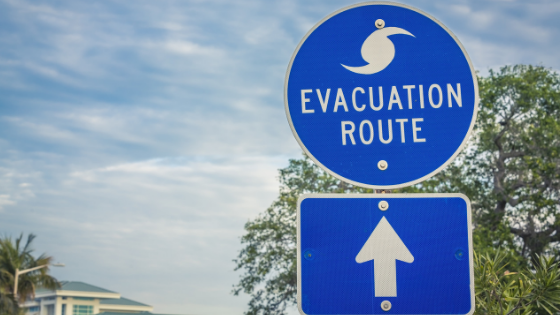Did you know that there are as many as 40,000 thunderstorms around the world on any given day? Or that the United States has more tornadoes than anywhere else in the world?
The point is, severe weather happens all the time. And if you’re not prepared, your employees are the ones who pay the price. Here’s a quick and easy guide that every employer can use for severe weather safety in the workplace.
Make a Plan
If you fail to plan, you plan to fail. Do yourself a favor and plan ahead for severe weather–if you work on the fly in the middle of a storm, chances are high that things will go wrong.
Every good severe weather safety plan involves three key elements:
- Plan where you want to be
- Plan what you need to bring with you
- Plan for those in your care
For a business, a severe weather safety plan should also include team planning. For example, plan which workers will stay a bit longer to perform critical functions before evacuating, like shutting down machinery. You should also make a list of the names and contact information of those who will take charge in an emergency and those who should be contacted in the event of an emergency.
Practice the Plan
Having a plan doesn’t do you much good if your employees don’t know how the plan works, so make sure to practice the plan regularly before you have to use it.
Ideally, you should practice the plan on a regular schedule, at least once every few months. That means more than just running through the list or clustering everyone in the bathroom like it’s a middle school tornado drill.
You should practice your severe weather safety plan exactly as you would use it in a real severe weather situation. You should also practice potential complicating situations that could come up, like what employees should do if a certain area is inaccessible or if someone can’t be reached.
Plan Ahead
Last but not least, plan ahead for severe weather safety–including the supplies you need and early precautionary measures.
For example, you should have at least a basic emergency preparedness kit on hand, including things like first aid supplies, flashlights with extra batteries, essential tools, a battery-powered radio, and a fire extinguisher.
You should also equip your emergency shelter with a landline in advance of a storm, especially if you live in an area prone to severe weather. This will allow you to call people if cell service goes out, though you should steer clear of phones (cell phones included) if you can hear thunder.
We Work With You to Guarantee Severe Weather Safety in the Workplace
Severe weather safety in the workplace begins with one thing: preparedness.
So whether you’re training for the weather or training for hazard management, our training software can help ensure that your employees always have the information they need to make the right call. And with easy implementation and tracking, you can always rest easy knowing that your employees know their stuff.
Let’s take a smarter approach to safety. Get in touch today to learn more.
